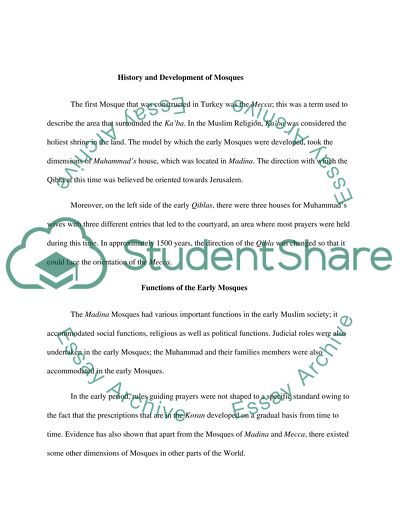Cite this document
(“Modern mosque Essay Example | Topics and Well Written Essays - 2500 words”, n.d.)
Retrieved from https://studentshare.org/miscellaneous/1621164-modern-mosque
Retrieved from https://studentshare.org/miscellaneous/1621164-modern-mosque
(Modern Mosque Essay Example | Topics and Well Written Essays - 2500 Words)
https://studentshare.org/miscellaneous/1621164-modern-mosque.
https://studentshare.org/miscellaneous/1621164-modern-mosque.
“Modern Mosque Essay Example | Topics and Well Written Essays - 2500 Words”, n.d. https://studentshare.org/miscellaneous/1621164-modern-mosque.


